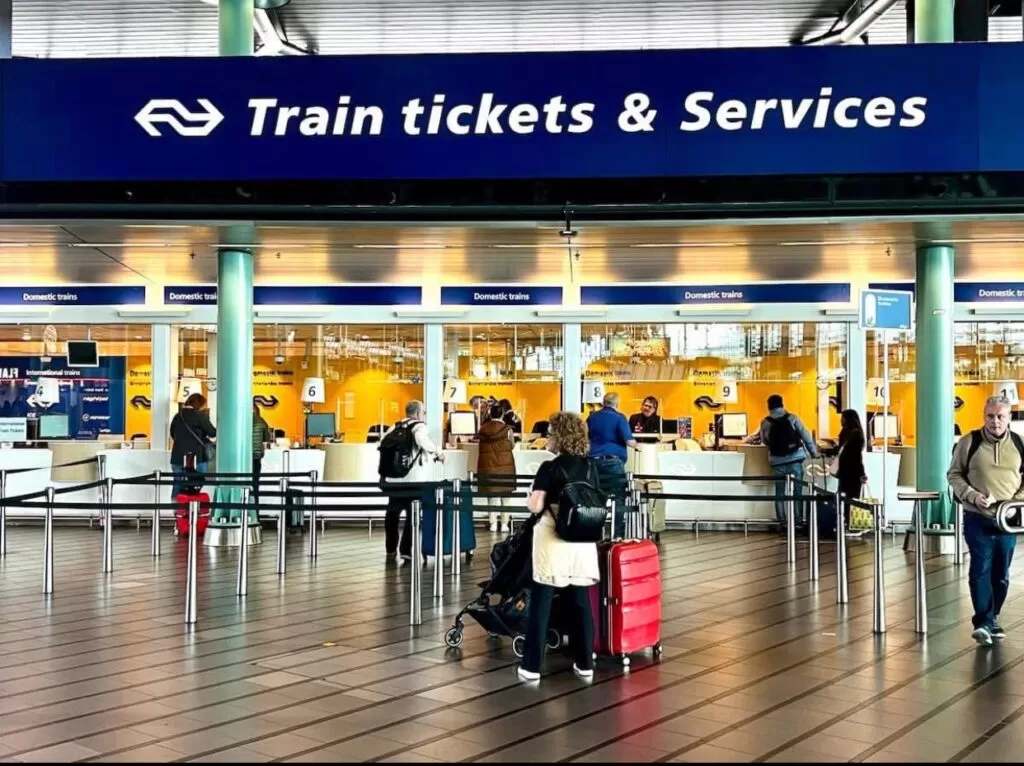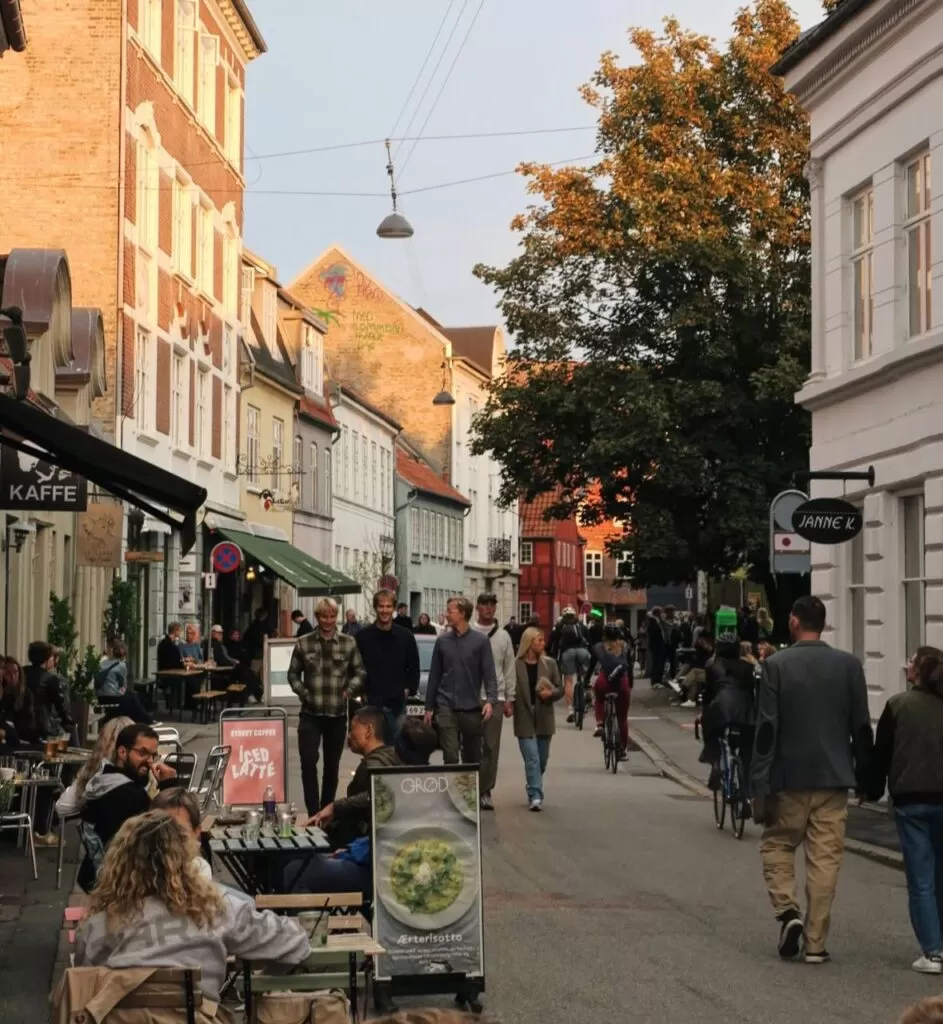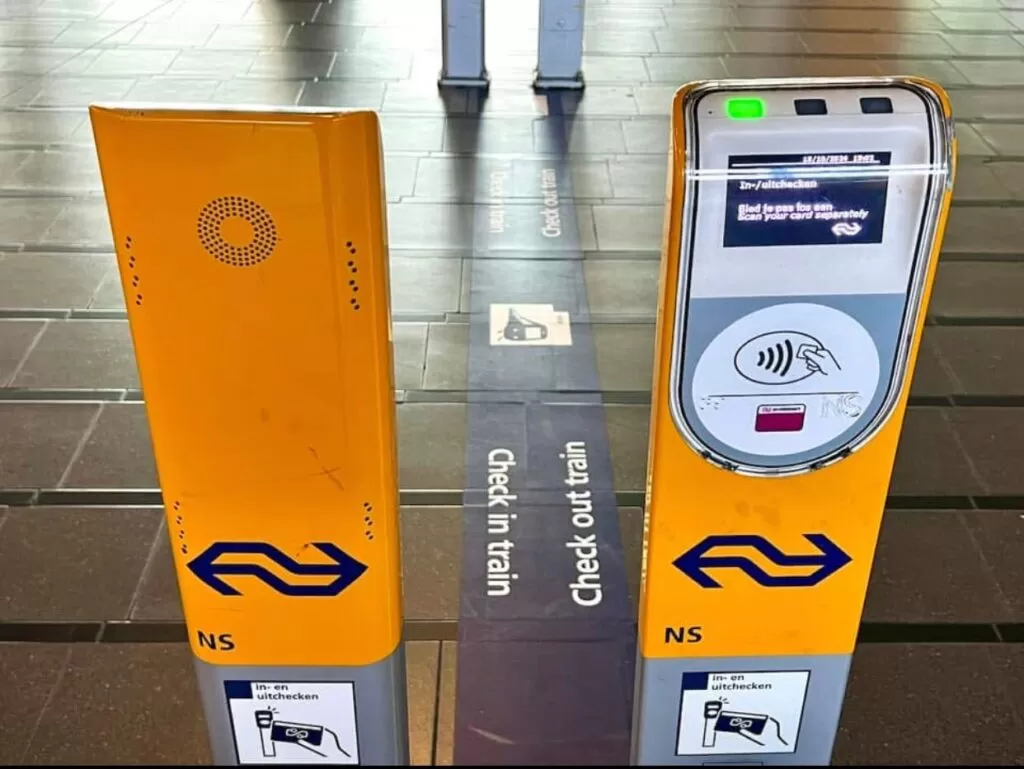
You keep hearing about the Schengen Visa as you prepare to travel to Europe, but what is it exactly? The Schengen Visa, to put it simply, is your ticket to travel freely throughout the 27 European nations without having to go through separate immigration procedures at every border. Doesn’t it sound like a dream? Let’s go over all you need to know, step-by-step, concerning the Schengen visa application.
The Schengen Area is a group of European countries that have abolished passport and other types of border control at their mutual borders. This means that once you enter one Schengen country, you can travel freely to the others without going through border checks. It’s like moving between states in the U.S.—simple and hassle-free. These countries include:
- Germany
- France
- Italy
- Spain
- Netherlands
- Belgium
- Switzerland
- Austria
- Sweden
- Norway
…and many more!
Note: Countries like Ireland and Romania have different rules—always double-check before applying.
Benefits of the Schengen Agreement
The Schengen Agreement allows:
- Seamless travel across member countries
- A single visa for multiple countries
- Simplified customs and immigration procedures
Imagine flying from Paris to Rome as easily as flying from New York to Miami—no border checks in between.
Schengen Visa Application

A Schengen Visa is a short-stay visa that allows a person to travel to any of the 27 Schengen Area countries for up to 90 days within a 180-day period for purposes such as tourism, business, visiting family, attending events, or transit.
Types of Schengen Visas
- Uniform Schengen Visa (USV)
This is the most common type. It allows you to travel within the entire Schengen Area for up to 90 days within any 180-day period.
- Limited Territorial Validity Visa (LTV)
This visa allows travel only to the specific Schengen country (or countries) that issued the visa.
- National Visa (Category D)
For long-term stays like studying, working, or joining a family member.
Who Needs a Schengen Visa?

- Citizens Who Require a Visa
If you’re from countries like Ghana, India, Nigeria, or Pakistan—you will need a visa before traveling.
- Visa-Free Countries and Exceptions
Countries like the USA, UK, Canada, Japan, and Australia enjoy visa-free travel for up to 90 days. But remember—just because you’re exempt doesn’t mean you’re guaranteed entry.
Step-by-Step Guide to Applying for a Schengen Visa

In order to undergo a successful Schengen visa application, the applicant will have under study the following condition;
Choose Your Visa Type
First, figure out why you’re going:
- Tourism
- Business
- Visiting Family
- Medical Treatment
- Study or Internship
Determine Where to Apply
You should apply at the consulate of the country where you will spend the most time. If your time is equally split, apply at the embassy of your first point of entry.
Make an Appointment
Don’t just show up! Most embassies require an online appointment. Spots can fill up fast—plan ahead.
Visa Application Requirements

Here’s the meat of the process—documentation!
Valid Passport
Your passport must be valid for at least 3 months after your intended departure and must have 2 blank pages.
Completed Application Form
Each country uses a standardized Schengen form. Fill it out honestly and completely.
Passport Photos
Usually, two biometric photos taken within the last 6 months.
Travel Itinerary
Flight reservations (don’t buy the ticket yet!), showing entry and exit.
Proof of Accommodation
Hotel bookings or an invitation letter from your host.
Travel Insurance
Minimum coverage of €30,000. It must cover emergency medical care and repatriation.
Proof of Financial Means
Bank statements from the last 3–6 months, showing you can support yourself—usually €50–€100 per day, depending on the country.
Booking a Visa Appointment
Online Booking Process
Visit the official embassy website or use visa service centers like VFS Global or TLS Contact.
Walk-in Options (if available)
Rare but possible in some countries—call ahead to confirm.
Attending the Visa Interview
Common Interview Questions
- Why do you want to visit?
- Who are you visiting?
- How will you support yourself?
- Do you have ties to return home?
Tips for a Successful Interview
- Dress neatly
- Be polite and honest
- Bring all original documents
- Keep your answers short and to the point
How Much Does a Schengen Visa Cost?
- Adults: €80
- Children (6–12 years): €40
- Children under 6: Free
Note: Prices may vary slightly with service fees.
Processing Time and Validity
Standard Processing Time
Usually 15 calendar days, but it can extend to 30 or even 60 days in complex cases.
Urgent Applications
Some embassies allow express processing—but it’s not guaranteed.
Validity and Stay Duration
Most tourist visas are valid for 90 days within a 180-day period.
Common Reasons for Schengen Visa Rejection
- Insufficient Documentation – Missing one paper can ruin your chances.
- Weak Ties to Home Country – No job, no family, no property? Red flag.
- Suspicious Itinerary – Visiting 7 countries in 5 days? They’ll question it.
- Past Visa Violations – Overstayed before? Expect trouble.
What to Do If Your Visa is Rejected
Understanding the Rejection Letter
The embassy will list a reason—pay close attention.
How to Appeal a Schengen Visa Denial
You usually have 30 days to appeal. Write a clear, factual appeal letter and include supporting documents.
Tips for a Successful Visa Application
- Be Honest and Clear – Lies are easily caught.
- Organize Documents – Make it easy for the officer to say yes.
- Use a Cover Letter – Explain your plans clearly and confidently.
Applying as a Family or Group
Additional Requirements
Kids need birth certificates and parental consent letters if traveling with one parent or a guardian.
Tips for Families with Children
Apply together and ensure all documents are aligned (same itinerary, dates, etc.).
After You Receive Your Schengen Visa
Entry Rules and Border Checks
Even with a visa, border police can deny entry. Be ready to show proof of funds, accommodation, and return tickets.
Travel Insurance Reminder
Keep a copy with you during the entire trip.
Registering with Local Authorities (if needed)
Some countries (like Germany) require you to register your address if staying more than a few days.
Although it may seem overwhelming, applying for a Schengen Visa doesn’t have to be. Your ideal European journey is very much within your grasp if you have the proper paperwork, a little preparation, and good intentions. Your Schengen Visa is the first step, whether you’re strolling through the streets of Paris, drinking espresso in Rome, or touring German castles. So, get your documents together, maintain your composure, and prepare to travel Europe wisely.
Frequently Asked Questions (FAQs)
1. Can I apply for a Schengen visa from any country?
You must apply from your country of legal residence or citizenship at the consulate responsible for your main destination.
2. Can I travel to all Schengen countries with a visa from just one?
Yes, as long as it’s a Uniform Schengen Visa, you can travel freely across all Schengen countries.
3. How long can I stay in Europe with a Schengen visa?
Up to 90 days within a 180-day period.
4. Do I need to buy flight tickets before getting the visa?
No. A reservation is enough. In fact, buying non-refundable tickets before approval is risky.
5. Is travel insurance really necessary for the Schengen visa?
Yes, it’s mandatory. Your application will be rejected without valid travel insurance.
Thank you for reading this article and wishing you a good luck in your Schengen visa application.
Related articles
Finland’s New Schengen Visa rules: Impact On Indians
Schengen Visa Requirements And How To Apply
Uganda Visa Requirements: Everything You Need to Know
Mozambique Visa: Everything You Need to Know
Visa For Turkey: Is Visa Required As US Citizen
Guide For Visa Application To Panama From Ghana
